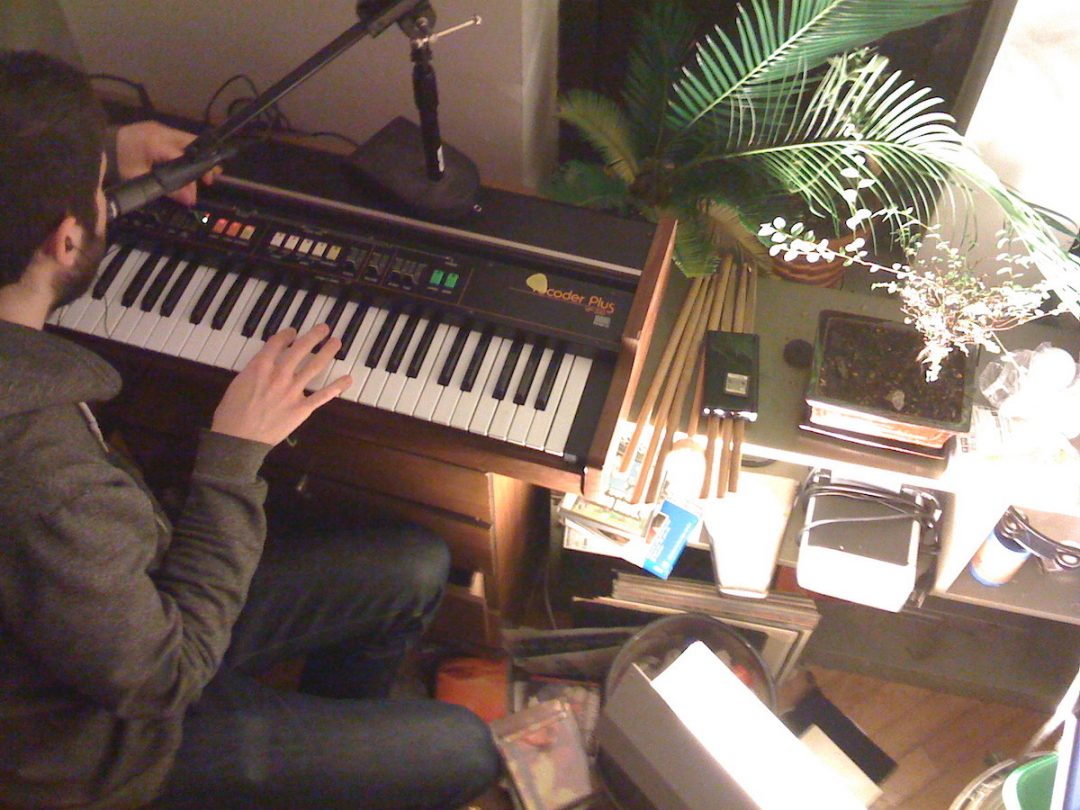
Thanks to the recent upsurge of interest in vintage effects, several companies have begun producing talk boxes again, including Dunlop (the reissued Heil Talk Box) and Danelectro, whose Free Speech talk box doesn't require an external mic, effecting the signal directly. As the performer says words, the mouth acts like a mechanical filter for the acoustic signal coming in from the tube, and the mic picks up the resulting, filtered sound. This terminates in the performer's mouth, which is positioned close to a mic feeding a PA or other sound system. It works by amplifying the instrument you want to make 'talk' (often a guitar), and then sending the amplified signal to a horn-type driver, whose output goes to a short, flexible piece of tubing. It was a popular effect in the '70s and was used by Peter Frampton, Joe Walsh and Stevie Wonder, amongst others.


SOS Contributor Craig Anderton replies: A 'talk box' is an electromechanical device that produces talking instrument sounds. How is this different from vocoding, and does it produce talking instrument sounds? Are these the same devices? I've also seen references in some of Craig Anderton's articles about using vocoders to do 'drumcoding'. I've heard various 'talking instrument' effects which some people attribute to a processor called a vocoder, while others describe it as a 'talk box'. In addition to its built-in microphone, the Korg MS2000B's vocoder accepts external line inputs for both the carrier and modulator signals.


 0 kommentar(er)
0 kommentar(er)
